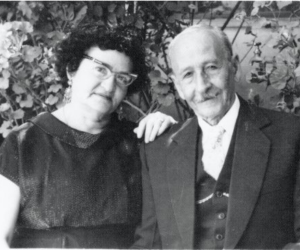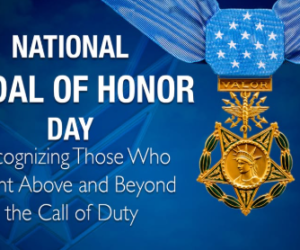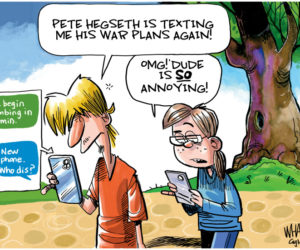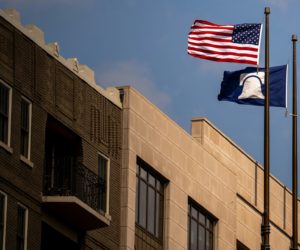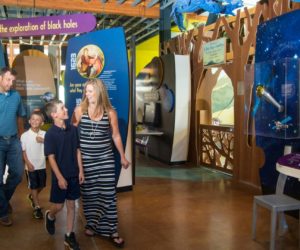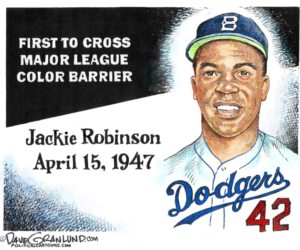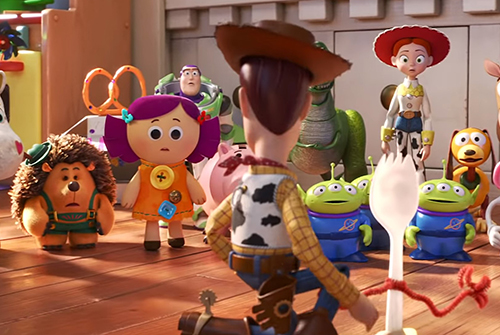
College Station, home of Texas A&M University, could not be much farther away from Hollywood, the (former) movie capital of the world.
The traditions and spirit of the nearly century-and-a-half-old university could also not be more different from those at the much younger, renowned entertainment center.
When I was fortunate to attend and graduate from Texas A&M in the mid-to-late 60s under an Air Force scholarship, the former Agricultural and Mechanical College of Texas (In 1915, the School of Veterinary Medicine was added), had already established some of the best science, engineering, energy curricula in the nation, including computer science and meteorology and boasted a Cyclotron Institute that has served as the core of its nuclear science program.
Today, some 50 years later, that K150 cyclotron has been joined by a K500 cyclotron — currently one of only five K500 or larger superconducting cyclotrons in existence worldwide – which, along with several new colleges and departments, have helped turn A&M into one of the nation’s premier research and engineering universities and have placed eight of those colleges and departments among the top 10 undergraduate and graduate programs in the nation .
Texas A&M is also in the top 10% of the country for architecture (more later) and was ranked #1 in Texas.
The reader may rightly ask: “What does all this have to do with Hollywood?”
The honest answer: I had no idea either that my Alma Mater was involved with Hollywood.
That is, until when a few days ago, I read in the Texas A&M Foundation’s “Spirit” the question, “Did you know…that Texas A&M Visualization Graduates Are Taking over Hollywood?”
Here is the interesting answer as told by Bailey Payne, A&M Class of ’19 – 2019, that is.
And the Oscar goes to…Toy Story 4!” The crowd at Dolby Theatre in Los Angeles, California, cheered as producers and directors from Pixar Animation Studios took the stage to receive the 2020 Academy Award for Best Animated Feature. Among those celebrating outside the auditorium were 16 former students of the Texas A&M University Department of Visualization, also known as the “Viz Lab,” who contributed to the film in various technical roles.
Current Viz Lab students and faculty celebrated, too, even if they weren’t very surprised. Aggies working on award-winning blockbuster animated films has become the norm. “Toy Story 4” was the 16th winner in the Best Animated Feature category to include Aggie visualization graduates in its credits—an impressive feat, considering there have only been 19 winning films since the category was introduced in 2001. Aggies have worked on every winning film since 2005.
Tim McLaughlin ’90 ’94, head of the Department of Visualization since 2008, has reason to believe that the impact of “Viz Kids” on Hollywood isn’t going away anytime soon.
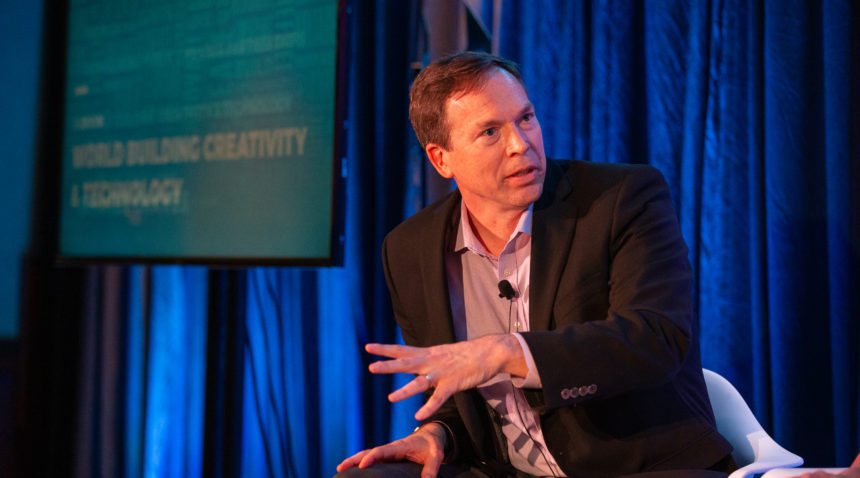
STARTING FROM SCRATCH
The Viz Lab was established in 1988 to produce leaders in areas where art and science merge, with its corresponding academic program starting a year later. According to Tim McLaughlin, the release of the digital effects-heavy “Jurassic Park” (1993) and “Toy Story” (1995) created a boon for the program.
“‘Toy Story’ was the first entirely computer-animated feature film,” McLaughlin said. “Both of those films demonstrated that the use of computer graphics in media—particularly high-profile, high-dollar media—was viable.” This created a massive demand in Hollywood for workers who felt comfortable navigating both the art and computing worlds—a demand that Viz Lab students were eager to meet.
FEARLESSLY CREATIVE
The College of Architecture has recognized many of its notable alumni as Outstanding Former Students. But when asked about the Viz Lab’s crowning achievement, McLaughlin puts forward the space that enabled their creativity at Texas A&M. “The studio environment of our curriculum is the real success story,” he said.
From their introductory courses to graduation, viz students must work together, communicate ideas, give constructive feedback and muster the drive to go back to the drawing board when their project’s first, second or 10th attempt fails. “Those are the most important things our students learn,” McLaughlin said. “Everything else is important, too, but those are the skills that get them through their careers and life.”
WALKING THE LINE
The Viz Lab curriculum still emphasizes a tightrope balance between technical mastery and visual literacy. “There’s often a need for someone in the middle,” McLaughlin said. For students, learning how to tell stories through images is just as important as understanding the ins and outs of a 3D modeling program.
This hybrid focus on art and technology sets the Viz Lab apart from similar programs throughout the country, which tend to prepare students for specialized roles, such as character modeling, animating or rigging. Within the program’s philosophy, honing specific strengths is important, but knowing how to adopt changes in technology to effectively collaborate and lead a team is paramount.
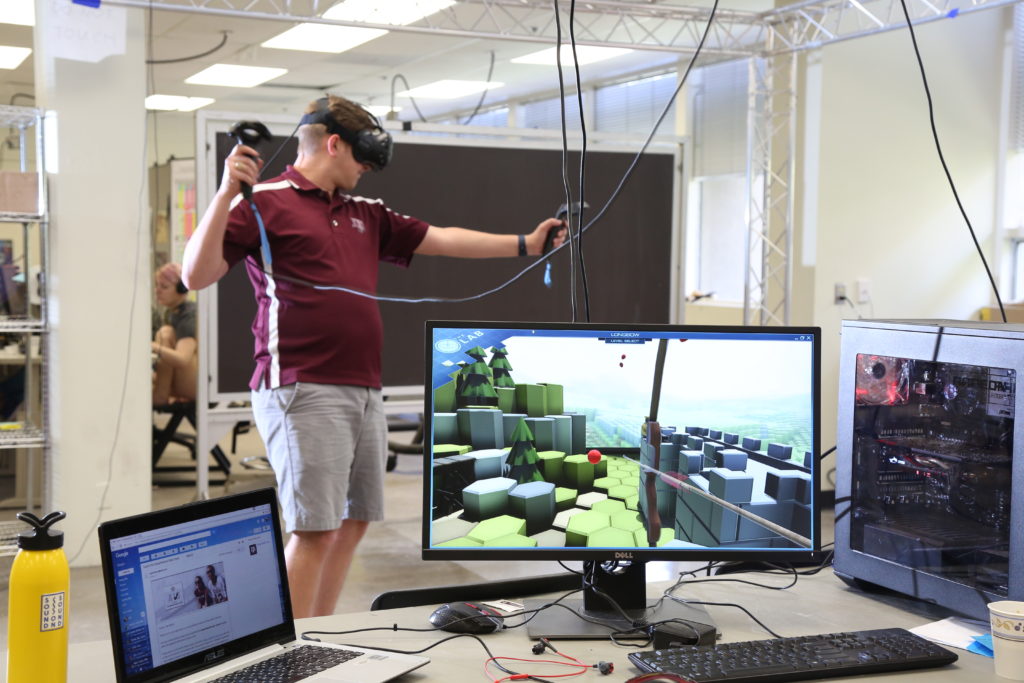
STUDIO SUPPORT
More than 136 Aggies have entered the film industry across more than 20 production studios; these individuals have been credited in more than 400 films. Those numbers don’t include the myriad viz grads who have found careers in areas outside of film, such as game design, graphic design, advertising, and architecture.
Some of those former students have felt inspired to give back. Gracie Arenas Strittmatter ’04 ’08, who has used the skills she refined in the Viz Lab to work on titles for Electronic Arts, recently created an endowed scholarship for viz students with her husband, Willem ’02. Aggies at select studios, such as Disney, Pixar, Blue Sky and Electronic Arts, have also regularly funded annual pass-through scholarships for the next generation of Viz Kid leaders.
—
All images, courtesy of the Texas A&M Foundation’s “Spirit.”




